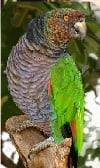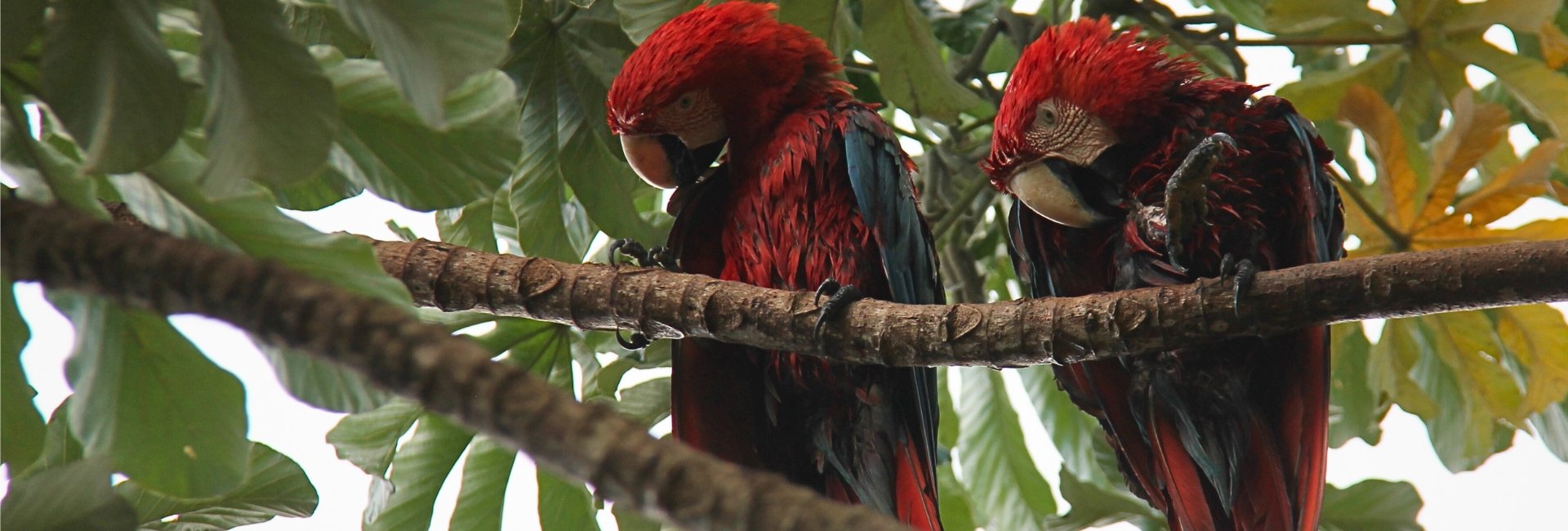Your cart is currently empty!

HARI Official Brand Site

The Dominica parrot program has become a template for real-time, ecosystem-level conservation efforts across the Lesser Antilles.
With financial assistance from the RSCF, Canadian World Parrot Trust, Loro Parque Foundación, Amazona Society UK and several U.S. zoological societies and philanthropic foundations, the parrot aviary at the has been overhauled, enhanced and renamed the Parrot Conservation and Research Centre (PCRC), becoming a self-contained parrot incubation, rearing and genera research laboratory.

Presently one pair of Sisserous, three pairs of Jacos, and three additional male jacos live at the PCRC. In addition to functioning as a stand-alone facility for incubation, rearing, veterinary care, and emergency housing (in the events of hurricanes), the PCRC has become the headquarters for field programs.

The new Visitors centre at The Morne Diablotin National Park is due to open in early 2004. It will serve as a focal point for educational materials, as well as the entrance to the Syndicate nature Trail – a one mile, flat route through mature forest that offers excellent views of habitat and parrots. The centre includes two downstairs apartments to support the parrot team during research periods, and provide the Forestry Division with a full- time presence in the park. Dominica formally declared the new Morne Diablotin National Park, encompassing over 9,000 acres of pristine rainforest on January 21, 2000.
The parrot’s secretive natures and Dominica’s difficult terrain have impeded systematic research into the parrots’ ecologies. Dominica’s endemic Amazon parrots, the Sisserou and Jaco (Amazona imperalis and A. arausiaca, respectively) are cultural as well as functional flagship for Dominica’s unique oceanic rainforest ecosystem and its vast biological inventory.

The ultimate objectives of the Dominica initiative are to better understand the distribution, abundance, demographics, reproduction of both parrot species, further to integrate these findings, along with reproductive enhancement techniques, into a long-term, in “situ” conservation commitment. Conservation education and environmental awareness are key, social elements in the Dominican community. Saving nature can also translate into an attractive marketing strategy on the Nature Island. Organic produce, eco-friendly agriculture and sustainable, low-impact land uses all support healthy ecosystem management and conservation.

The Forest Division has effectively leveraged the parrot program into a broad-scale environmental awareness campaign. The Jaco and Sisserou are flagship species for the rainforest protection, and are beautiful Dominican icons and emblems. The Sisserou graces the Dominican flag; the parrots adorn the Coat of Arms and most official references to Dominica. Local pride in endemic wildlife adds personal identity to the conservation cause – every citizen and visitor can help protect Dominica’s parrots and the ecosystems surrounding them.
The Dominica parrot program has become a template for real-time, ecosystem-level conservation efforts across the Lesser Antilles.
Parallel strategies for the St-Vincent and St-Lucia are underway and an OECS-style, regional conservation umbrella is foreseen as the ultimate program structure to protect all of the endemic Amazons of the eastern Caribbean.

Dominicans, the parrot team, and ornithologists everywhere should cheer for Amazona imperialis and A.arausiaca, as these magnificent parrot ambassadors expand across the blanket of forest that defines Dominica, the Nature Island of the Caribbean.
Text and photos provided by the Rare Species Conservatory Foundation-Eastern Caribbean
Permission to re-print this article by Paul.R.Reillo,Ph.D

We take pride in setting the standard for parrot care in captivity and supporting conservation projects in the wild. That’s why we work closely with top conservation programs to help protect parrot species and their natural habitats for for generations to come.